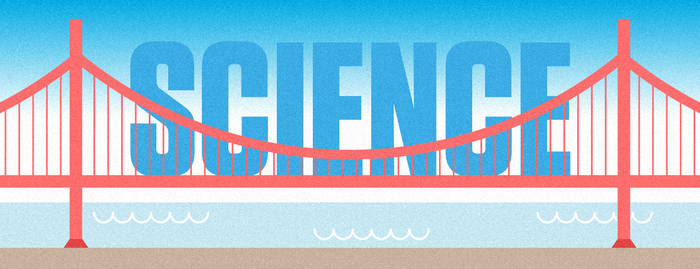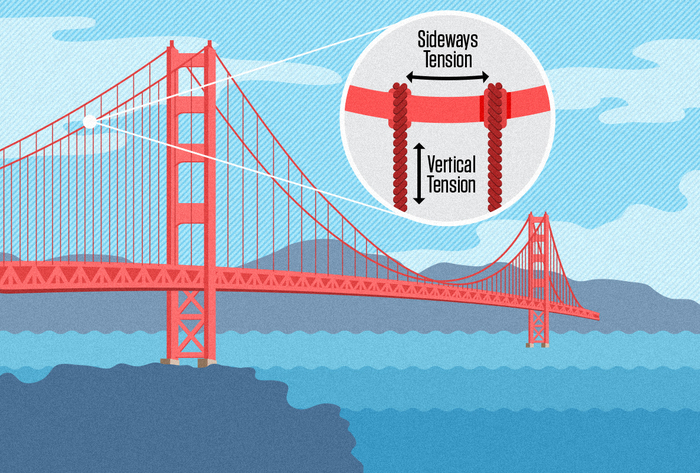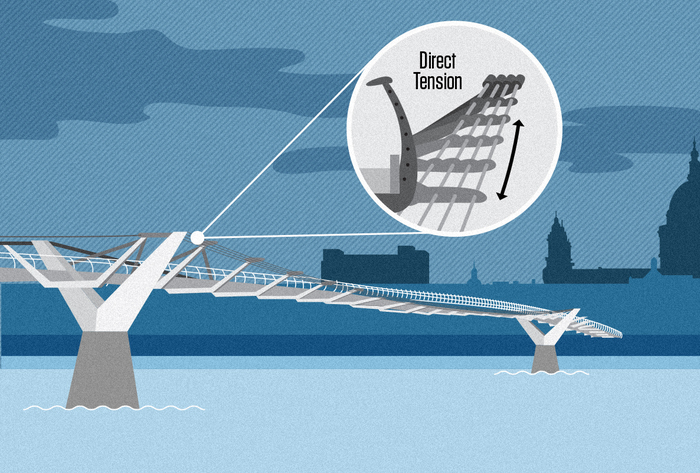
Bridges are an indispensable part of the infrastructure of any country and have been integral to the smooth functioning of communities ever since the earliest ancestor of man walked across a fallen tree in order to cross a stream or dyke. Over that time bridge design has progressed, diversified, and varied enormously, though there are two types that really capture the imagination for architectural ingenuity: ‘Suspension’ and ‘cable-stayed’ (or simply ‘cable’) bridges.
Suspension bridges such as the Golden Gate Bridge (opened in 1937) – which spans the Golden Gate strait in San Francisco, California – and the Millennium Bridge (opened in 2001) – a footbridge spanning the Thames between St Paul’s Cathedral and the Tate Modern in London – have become iconic symbols of their cities. Similarly, the cable-stayed Pont Di Normandie, which runs between Le Havre and Honfleur in France has become a recognised symbol which compliments its landscape superbly.
Both suspension and cable-stayed bridges utilise the tension created by tightly pulled cables to support the main bridge structure. However, there are major differences in design which can affect an architect’s choice when designing a bridge for a specific project.

Suspension Bridges
Suspension bridges generally feature two main cables which run over the length of the bridge and are suspended from its two towers. These cables, which are anchored to the ground at each end of the bridge, are utilised to suspend trusses that are placed horizontally between each cable and the bridge deck. The main cables bear the tension created by the weight of the deck pulling on them via the trusses, which is in turn transferred to the towers.
A suspension bridge would be the preferred choice over long distances as towers can be added to support additional length. The world’s longest suspension bridge – the Japanese Akashi Kaikyō bridge, opened in 1998 – measures 1,991 metres , whilst the longest cable-stayed bridge – the Russian Russkiy Bridge – measures just 1,104 metres.

Cable-Stayed Bridges
A cable-stayed bridge features support cables tied directly from the top of the support tower to the bridge deck. One advantage is that these bridges do not need their cables to be anchored at each end, as each cable runs from the tower to the deck. This makes cable stayed bridges much cheaper in comparison to suspension bridges.
However, the engineering considerations are immense in respect of the fact that a precise symmetry is needed in order to maintain balance. If a design needs to account for greater length this invariably means making longer towers that can bear more tension. Computer Aided Design (CAD) can be used to simulate real working scenarios, yet often suspension bridges are seen as more practical than very tall towers in terms of building.
Flexibility
Both suspension and cable-stayed bridges have the advantage of being highly flexible, meaning they are unlikely to break under the movement of traffic or the elements. However, their flexibility means that at times they may have to be closed due to intense movement in high wind conditions. That said, in 77 years the Golden Gate Bridge has been closed a total of only 3 times and the advantages of both types of bridge make them the first choice for structures over water, where building towers or arches upwards from a sea or river bed would often be non-viable.
Overall, both types of bridges offer almost endless possibilities in terms of design and function, and the simple differences in mechanics for either means that together they can accommodate almost any kind of budget, functional idiosyncrasy, and style. There aren’t many feats of engineering quite as classic, elegantly simple, or as important as bridges, so the next time you find yourself speeding over a length of cable-supported concrete, take a moment to appreciate just how complex and diverse bridges are.